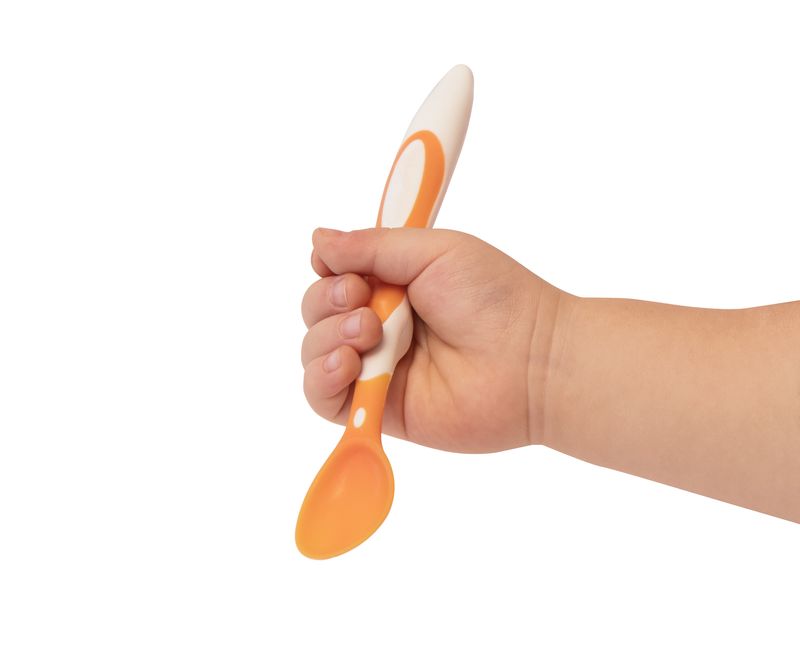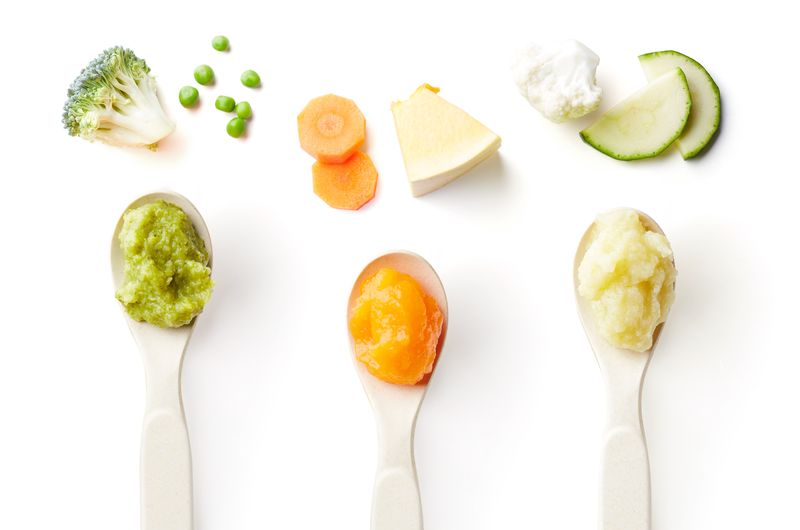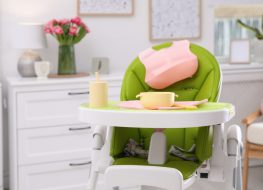
Suppose today is the day you’re introducing solid food to your baby for the first time. To some, it might be just one of those ordinary days. But for parents, it’s a significant episode of family life. After months of only milk supply, the time has come for the baby to reach a new milestone.
The first experience with new tastes and cutlery is an important moment for your little one. To make this time enjoyable and memorable, make sure to prepare the right supplies! Let’s go over two of the most important things for this event: the little spoon and the baby food.
Babies have a delicate system, so you have to carefully choose the feeding spoon and the organic ingredients going into their feeding bowl. So if you feel a little lost on what factors to look for, take a seat and keep reading!
The Baby Food Spoon: Key Features
When you search for “spoon for baby food” or something similar, you’ll get a massive amount of information. It can be confusing, especially if you’re not familiar with different spoon types and their functions. Moreover, not knowing what to look for to ensure that it’s a safe spoon might cause trouble for your baby!
We certainly don’t want that to happen, which is why we’ve enumerated key features below to guide your purchasing decision.

Size and Shape Based on Baby’s Age
First and foremost, pick a spoon with the right size and shape for the baby’s age. Naturally, you can’t use a large tip to feed a small mouth. However, a spoon that’s too small might slow down the mealtime and feed your baby boredom instead.
Think of the baby’s little hands as they could try grasping the spoon handle anytime. Instead of going extreme in sizes, find the exact size that fits your little one. For the shape, a spoon with round edges is safer because the ones with a sharp tip can cause harm to the baby’s mouth.
Spoon Material
Consider the spoon’s material to ensure safe and healthy meals for your baby. The wrong materials can harm their soft gums and give them a hard time transitioning to self-feeding. A baby spoon is usually made of soft silicone, rubber, or plastic with Phthalates or Bisphenol A (BPA)-free properties. These materials keep the spoon safe and heat-resistant.
Silicone is the go-to material because of its soft properties. As a result, it’s the perfect spoon when the baby has teething problems. As much as possible, avoid choosing metal spoons so as not to harm the baby’s gums. Additionally, look for labels like food-grade material and dishwasher safe for extra protection.
Handle Structure
Adults usually find that fixed and straight handles are easy to use. However, it’s a different world for the little ones. Since they have yet to get used to the material and find a comfortable angle, we recommend getting a non-slip bendable or adjustable spoon.
The good thing about it is that you can easily switch angles or positions until the baby is comfortable holding it! Check the overall construction and ensure that the tip and handle are tightly screwed. Keep this in mind when selecting cutlery: a loose-fitting or removable spoon tip is a choking hazard.

What’s Important In Your Little One’s Meal Plan?
Now that you know which spoon to get, it’s time to fill the feeding bowl with something healthy! Here are important things to remember when making or buying fresh baby food.
Sugar and Salt
Sugar and salt are unnecessary additions to a baby’s meal. As much as possible, eliminate them from the ingredients list. However, if you do introduce it, stick with the limitations. According to experts, a baby (6‒12 months) can have an adequate intake of 370 mg salt and a toddler (1-3 years old) 1500 mg of salt per day.
As for sugar, babies under the age of two shouldn’t have as much sugar intake as possible. Once they reach the minimum age limit, then they are allowed to take 19 g a day.
Additives
The most common promoted additives in the market are usually yogurt (with probiotics), cereals (with fiber and whey protein), or other snacks with preservatives. They’re marketed as kid-friendly food, which is not entirely wrong. For example, probiotics have immunity benefits for children.
But the question here is, do babies really need additives? The answer is no—avoiding them is the better option. Babies under 12 months are prohibited from the world of food color, flavor, and preservatives, regardless of how healthy marketers claim about these products. Most importantly, consult with your pediatrician first before feeding any of these products to your baby.
Percentage Labelling
How much is real in organic baby food with a “pure” label on it? When selecting what to feed your little one, look for the percentage labeling. It’s a list of ingredients that shows the percentage of how much of each component was used.
It’ll help you make a careful and informed choice of food for your baby. Aside from percentage labels, you shouldn’t forget to look at other food labels like expiry dates, food allergies, and handling instructions. Searching for “How long is little spoon baby food good for?” is necessary to avoid food intake with degraded vitamins and other types of nutrients.
A Final Word
Dear feeder, we understand that the transition of your baby’s meals is both an exciting and nerve-racking time. You can feel at ease knowing that you’re feeding proper food and using the right spoon through this quick guide. We hope this article has helped you make a wonderful memory that you and your baby can look back on in the next many years!



